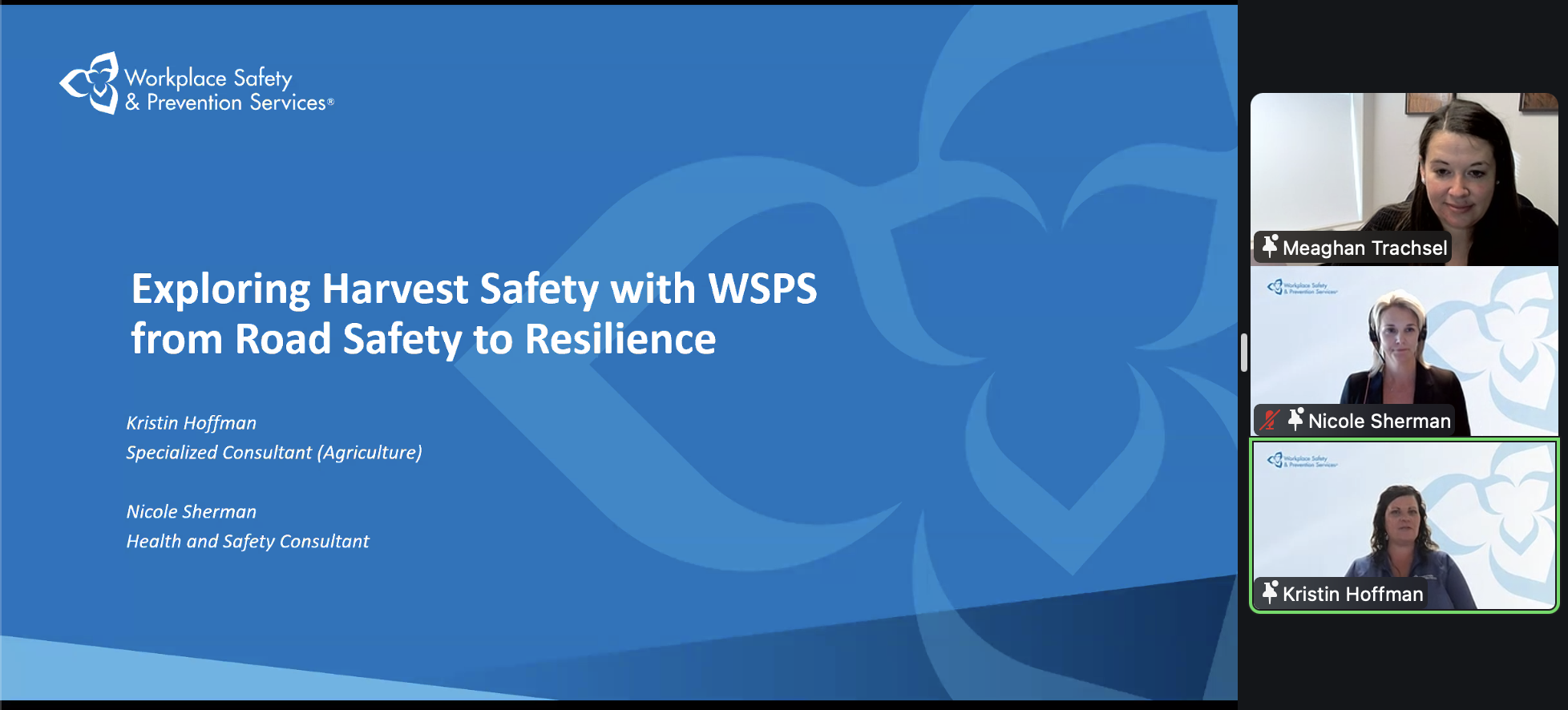Gypsy moth populations found at Richmond, B.C. could hitch rides into new areas of the province from the community’s shipyards, railyards and container facilities if left unchecked, the province warns.
The provincial forests and range ministry said Wednesday it has applied for permits for up to four aerial applications of Foray 48B against gypsy moth between April 15 and June 30, 2010.
The province said trapping and monitoring show a growing gypsy moth population in its proposed treatment area, covering about 2,000 acres from the Fraser River to Westminster Highway, and from Gilbert Road to No. 5 Road.
Read Also

Tips for staying safe this harvest season
Kristin Hoffman of WSPS explains measures for increased farm safety around harvest season
The gypsy moth is an introduced pest species, with caterpillars that feed on tree leaves and that can damage forests, farms and orchards, the province said, noting large gypsy moth populations have defoliated forested and residential areas in Ontario and the eastern U.S. in recent years.
The moths are unintentionally brought to B.C. on vehicles and equipment from eastern North America, the province said. Infested locations are often subject to product and transportation quarantines and area treatment, including individual vehicle checks, and annual aerial spraying.
Foray 48B has been approved for use on organic farms by the Organic Materials Review Institute, the province said, noting the product’s active agent, Btk, does not harm humans, mammals, birds, fish, plants, reptiles, amphibians, bees or other insects and only affects caterpillars after they have ingested it.
The ministry will accept public comment on its proposal until Dec. 18 and has posted more information online.
About 60 acres of mainly agricultural land on the road to Harrison Lake is also to be treated for gypsy moth with up to four ground applications of Foray between late April and mid-June, the province said previously.
That area, near Macpherson Road, was the “epicentre” of a 2009 outbreak, treated by air last spring after about 100 gypsy moth egg masses were found.
The province said that collection of egg masses was “the highest amount ever found in one area in the province.”
Areas on Saltspring Island and at Saltair on Vancouver Island were treated with ground applications of Foray in the spring of 2008.












